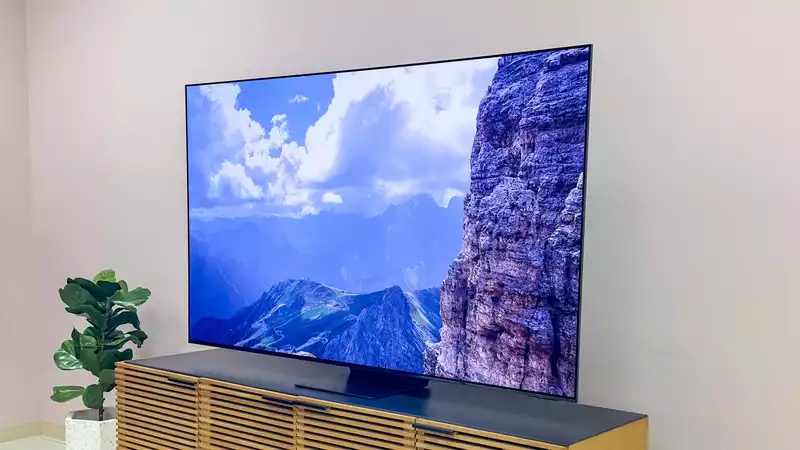If you have never heard of PHOLED, you are not alone The technology is already partially at the heart of the best OLED TVs, and soon Samsung and LG TVs may begin to fully embrace the technology in the sub-pixels contained in each pixel of an OLED display
The companies behind PHOLED are betting that PHOLED is the future Universal Display Corporation (UDC) has been manufacturing PHOLEDs, short for phosphorescent organic light-emitting diodes, for years and is now expanding its operations The company just announced a new PHOLED manufacturing plant in Shannon, Ireland, to produce more of the distinctive phosphorescent material for OLED displays
Although the plant has just been officially opened to the world, UDC and its partner PPG have been working on this new EU plant for some time According to Janice K Mahon, SVP, Technology Commercialization and Commercial Sales Business GM of Universal Display Corporation, the plant has been under development since February 2021 and has already begun production
UDC could not say which customers the new plant will serve; LG Display and Samsung Display have recently been said to be adopting full PHOLED TV displays in the near future, but Mahon said the plant will be "UDC's most advanced and serving existing and future customers with display products that require energy-efficient phosphorescent OLED light-emitting materials," and that PHOLED materials have already begun to be deployed by display manufacturers Clearly, UDC does not expect PHOLED to go away anytime soon
Currently, OLED displays already partially use PHOLED technology: an OLED pixel consists of three sub-pixels, red, green, and blue (RGB), with LG's OLED TV adding a fourth, white sub-pixel These subpixels are either phosphorescent or fluorescent subpixels, and they are not created equal
What is the biggest difference? Fluorescent subpixels are significantly less power efficient In fact, according to Mahon, the power efficiency of fluorescent subpixels is only 25% that of phosphorescent subpixels
Most OLED displays already use the red and green phosphorescent subpixels developed by UDC In fact, according to Mahon, UDC's PHOLED material is used in "virtually every OLED product in the world" However, everyone is still using fluorescent blue subpixels, largely because UDC is still developing phosphorescent alternatives (blue PHOLEDs are still in R&D, according to Mahon)
However, by building a new plant in Ireland, UDC can quickly ramp up production of blue PHOLED sub-pixels and quickly transition the OLED TV market to fully PHOLED displays This is a big upgrade for everyone, because if TVs become significantly more efficient, it will be a big upgrade for everyone










Comments